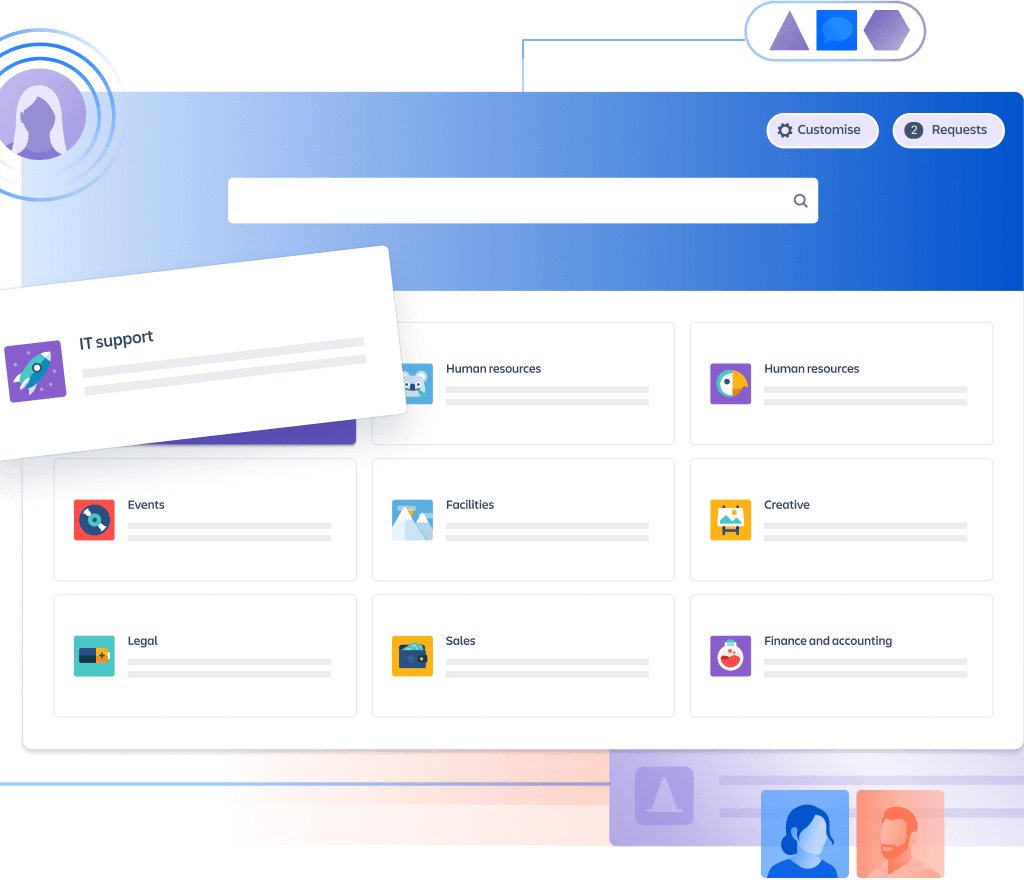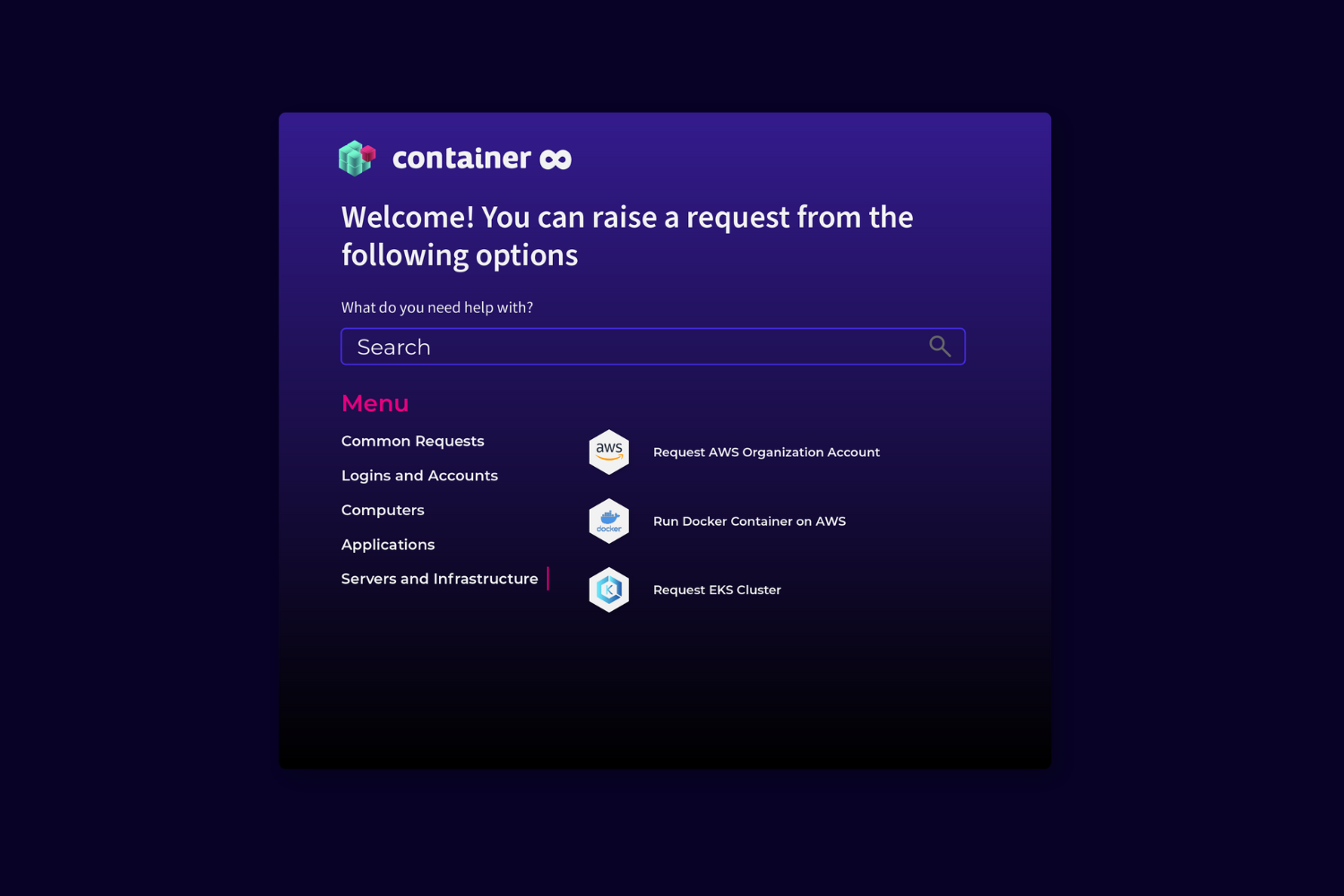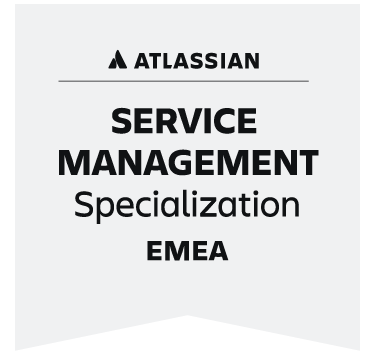Organizations today are faced with a flood of administrative tasks and inefficient processes that impact productivity and hinder the achievement of core objectives. In this article, we look at the challenges that arise without self-service and how these systems can provide an effective solution.
The importance of self-service solutions
Managing administrative tasks in companies is becoming increasingly complex and time-consuming. Inefficient processes can not only reduce employee productivity, but also have a negative impact on a company's overall performance. In the face of these challenges, a self-service system offers a way to optimize processes and increase efficiency.
Detailed consideration of the self-service systems
What is self-service?
A self-service is designed to automate processes and provide direct access to important information and tools. They can be divided into three main categories:
- IT Service Management (ITSM)
- Customer Support
- HR-Employee Self-Service (ESS)
Further sub-categories such as a developer self-service complement these main categories. Learn more in this Article.
IT Service Management (ITSM) Self-Service
ITSM Self-Service enables employees to manage IT-related requests independently without having to involve the IT department directly. This includes resetting passwords, requesting software access or reporting system failures. This automation reduces the IT department's workload and speeds up problem resolution.
Customer Support Self-Service
This self-service is aimed at end customers and offers them the opportunity to clarify common questions themselves and solve simple problems without direct customer service. This not only increases customer satisfaction, but also relieves the burden on customer service.
HR Employee Self-Service (ESS)
ESS give employees direct access to HR-related information and processes, such as updating personal data, applying for leave or viewing payslips. This promotes employee autonomy and relieves the burden on the HR department.
Challenges without self-service systems
Overload due to administrative tasks
Many companies spend a significant amount of time on administrative tasks, which affects productivity. Studies show that promoting employee wellbeing can increase productivity by up to 21 % and offer a solution through automation.
Inefficient communication and information systems
Unclear communication channels and the use of multiple tools can lead to a loss of information and longer processing times. A centralized Self-service system serves as a "single point of truth" and improves efficiency.
Ensuring data accuracy and availability
Effective data management is crucial to reduce workload. These systems enable direct access to data, leading to faster decisions and consistent, error-free information.
Difficult access to tools and apps
Long waiting times for necessary tools and apps can inhibit work performance and the ability to innovate. Such a system enables fast and transparent access to the required resources.
Which tools can be used to create self-services?
Implementing an effective system requires choosing the right tools that can meet the specific needs of an organization. There are a variety of software solutions on the market that enable the creation and management of systems. Some of the most common tools are presented below, with a particular focus on Jira Service Management.

Jira Service Management:
Jira Service Management:developed by Atlassian, is one of the leading platforms for managing IT service requests that is specially tailored to the needs of ITSM teams. It enables fast and efficient processing of requests and offers comprehensive functions for automating processes. The most important features include
- Automated workflows: Enable fast processing of requests by automating recurring tasks.
- Self-service portals: Offer employees and customers the ability to submit requests independently and track the status of their requests in real time.
- Integration with Confluence: Provides access to a comprehensive knowledge base, allowing users to quickly find answers to frequently asked questions.
- Customizable dashboards: Provide an overview of all incoming requests and their processing status, which increases transparency and simplifies administration.
Thanks to these extensive functions, Jira Service Management is particularly suitable for increasing the efficiency of departments.
Self-service for business teams
Increase the autonomy and efficiency of your business teams through automation from Worklows and core processes with a self-service
Other providers for the creation of self-services
In addition to Jira Service Management, there are several other tools that are suitable for creation:
ServiceNow
ServiceNow is a widely used platform for IT service management. It offers comprehensive functions for the automation and management of IT services and enables the creation of self-service portals that improve user-friendliness and reduce the workload of the IT department.
Zendesk
Zendesk is a popular tool for customer support. It enables the creation of knowledge databases and portals that give customers access to important information and solutions without having to call on direct support.
Conclusion
Implementing a self-service system can significantly increase the efficiency and satisfaction of your employees. If you want to reap the benefits of such a system, now is the time to act. Rely on such portals to optimize administrative processes, improve communication, manage data accurately and facilitate access to tools.
Choosing the right tool depends on your company's specific requirements and budget. However, tools such as Jira Service Management, ServiceNow and Zendesk offer comprehensive features that enable the implementation of an effective system.








